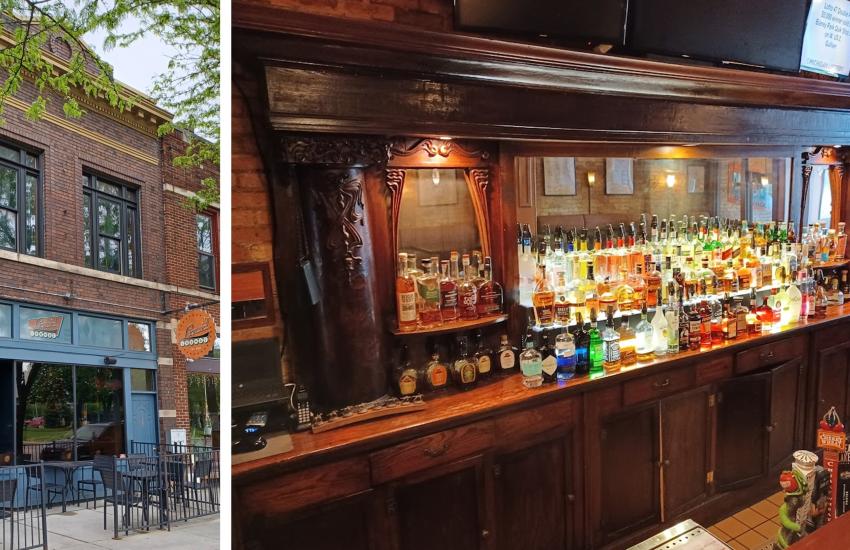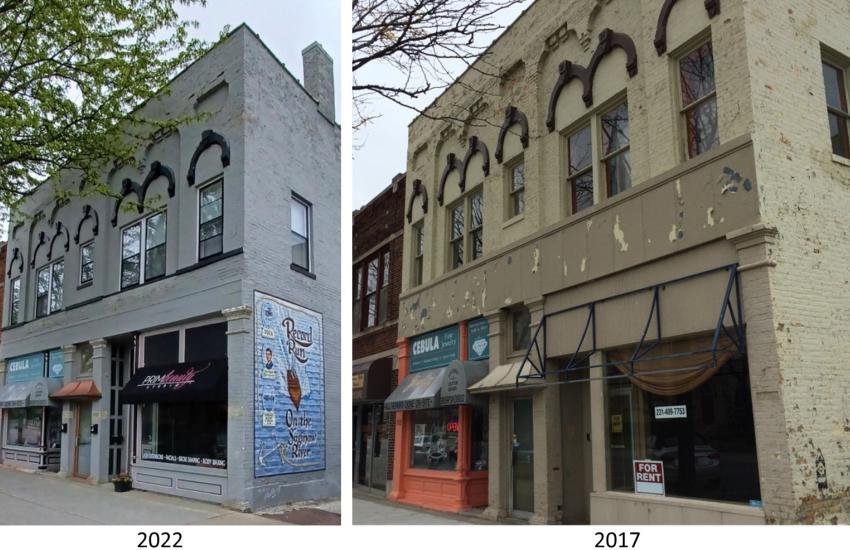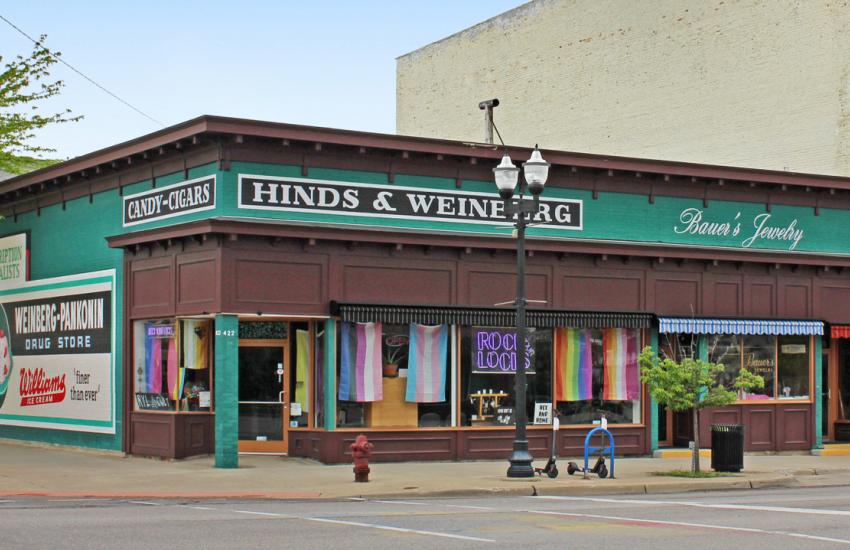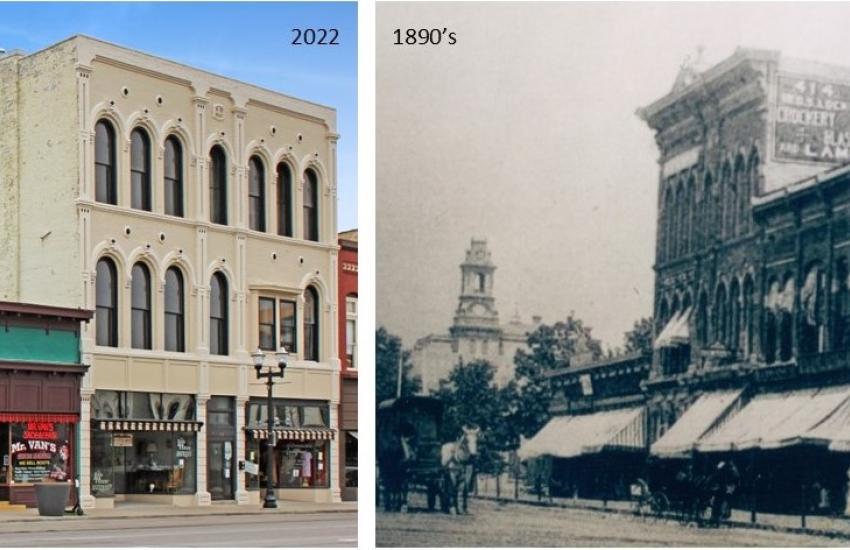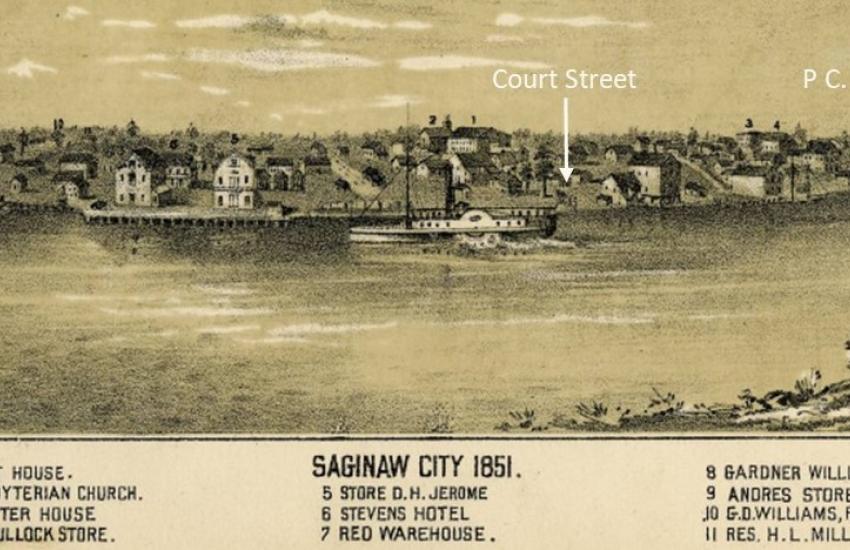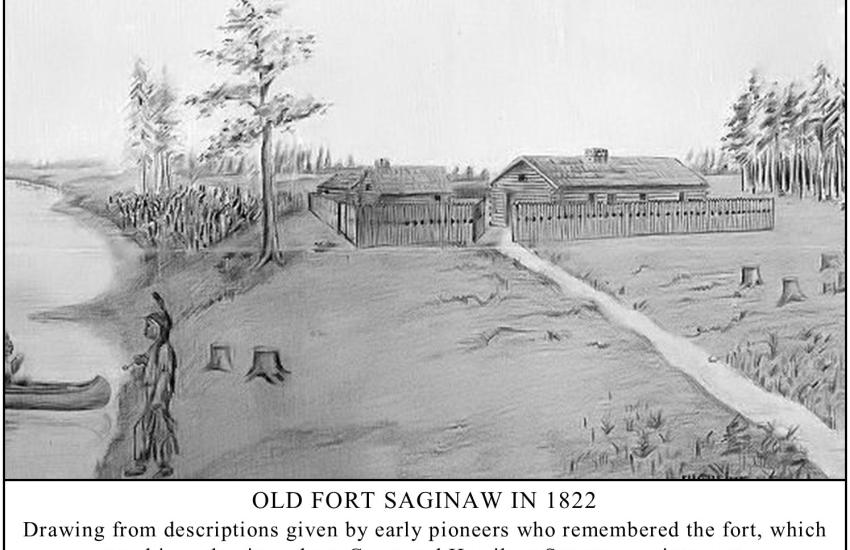118 N. Michigan Avenue: A Connection To Prohibition
Ralph Izzo rose early each morning, walked downstairs and readied his fruit shop for the day. If he thought about it all, he might have been proud of how far he’d come.
Born Raffaele Izzo in the small Italian village of San Potito Sannitico (about 40 miles north of Naples), he left home in 1888 at the age of 23 and made his way to Saginaw where he joined and worked with his brother who owned a grocery at 512 W. Washington.

